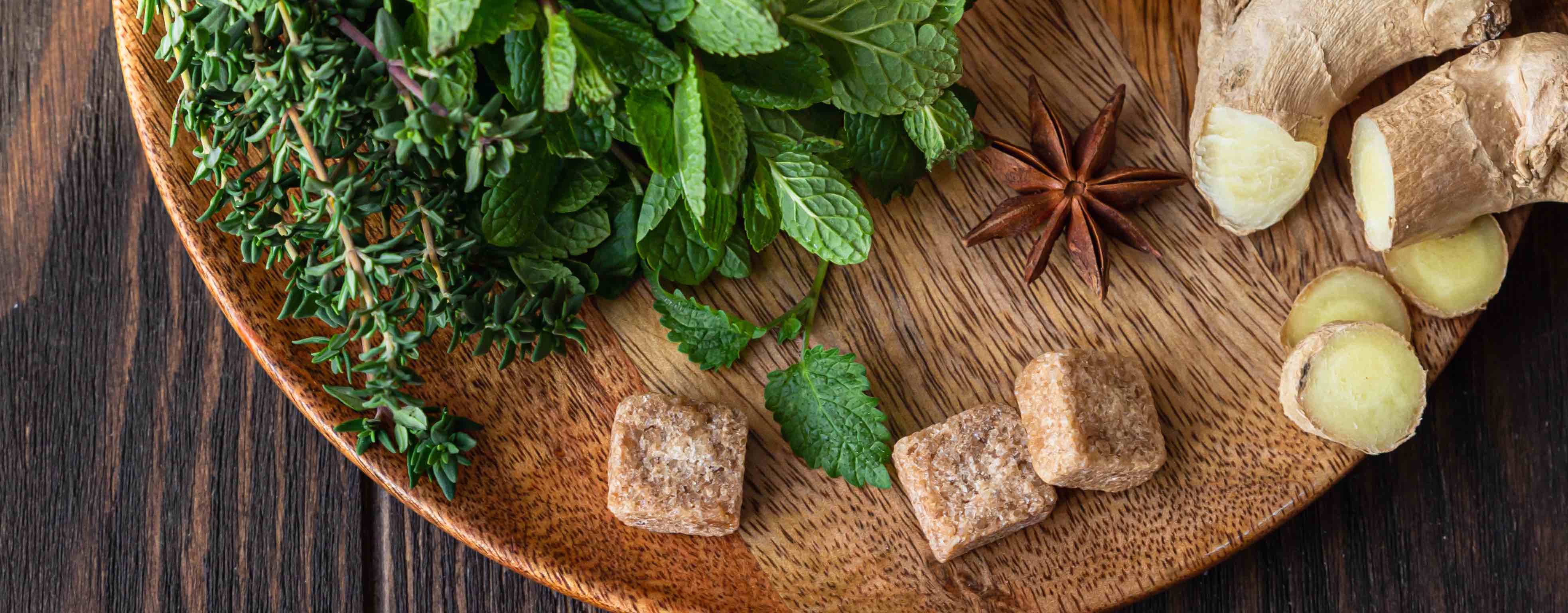BY: Camila Loew
Although tea is such an ancient beverage, the teabag people associate most frequently with everyday tea drinking is a relatively new invention. It wasn't until 1908 when tea merchant Thomas Sullivan started sending his clients samples of tea in little silken bags, that the tea bag came to be, albeit accidentally. In the UK the bag didn't catch on firmly until as late as the 1950s, when the convenience factor began to invade domestic markets exponentially. Nowadays, tea bags make up over 95% of the market.
The material teabags are made of has also evolved since Sullivan's invention, sadly, a lot for the worse. Though they were originally made of silk and then cotton, today most teabags, especially those of the main market brands in most people's shopping carts and households, are made with a plastic called polypropylene. This means not only that they are not biodegradable and thus are harmful to the environment, but also that unwanted chemicals can leach into your cuppa, making what you thought was a healthy choice of beverage into quite the opposite. Companies are now being called out on the quality of their tea bags, and making an effort to replace the plastic with biodegradable materials.

The other downside of buying ready-to-steep teabags is the quality of the tea leaves themelves inside of the bag: most often it's CTC (cut-tear-curl), a form of manufacturing the poor quality type of black tea typically found in tea bags, which breaks down the cells, and makes the flavor homogenous and strong.
If you're after convenience, but don't want to sacrifice quality, one option is to purchase your own paper tea pouches, which are now available on the market, and fill them with higher quality loose leaf tea.
There is another option: a new form of tea for drinking, just as convenient as the century-old tea bag, if not more so: crystal tea. Following the premise that tea consumption has changed very little over the past centuries, a few innovative companies have set out to create a revolution in the form of drinking tea, which takes the convenience factor into account, as well as quality of the tea.
By crystallizing tea leaves, they can be packaged individually. Whenever you want your fix, you just tear open a packet and dissolve, in either hot or cold water. In addition to its huge convenience, the crystallization approach preserves nutrients intact, ensuring a much higher antioxidant content than the one you find in teabags. The production process also purifies the tea, as it's a way to make sure there are no heavy metals or pesticides. Furthermore, the individual packaging helps maintain the tea crystals pure and intact; no mold or bacteria can get in, something that happens at times with loose leaf tea and bags.
And perhaps most importantly, flavor is kept at its best. Cokare offers a range of crystal teas; we invite you to taste them and experience this new format for yourself. Careful, you might get hooked! A healthy addition to have, if there is one.
